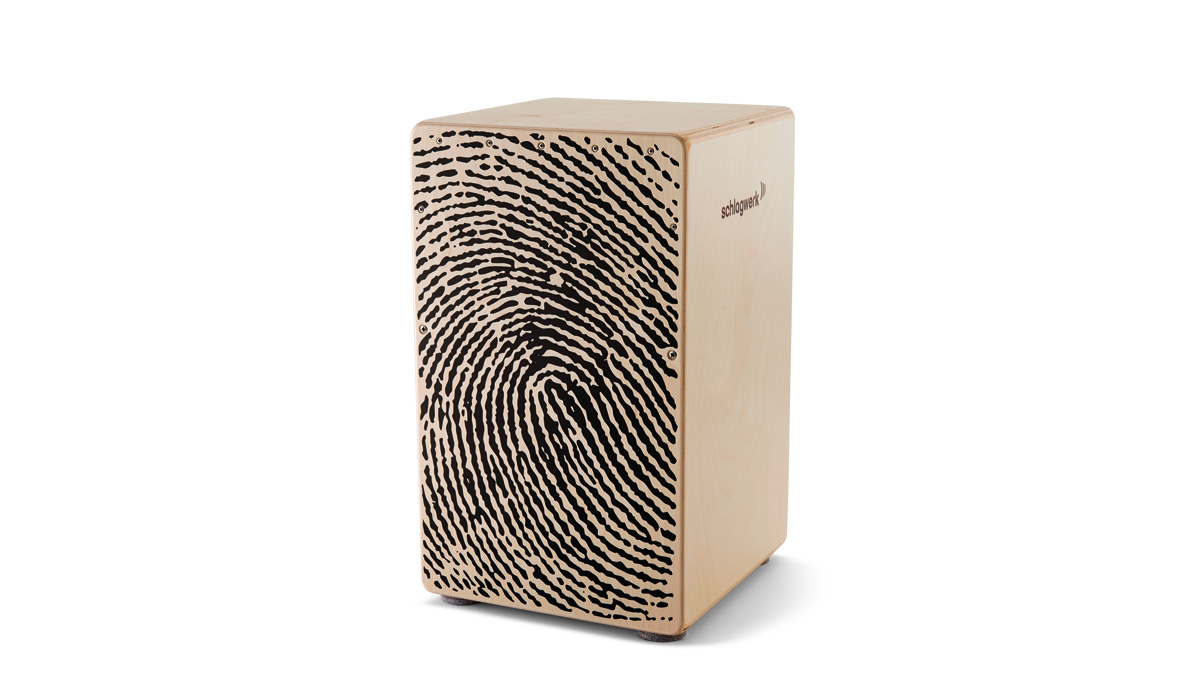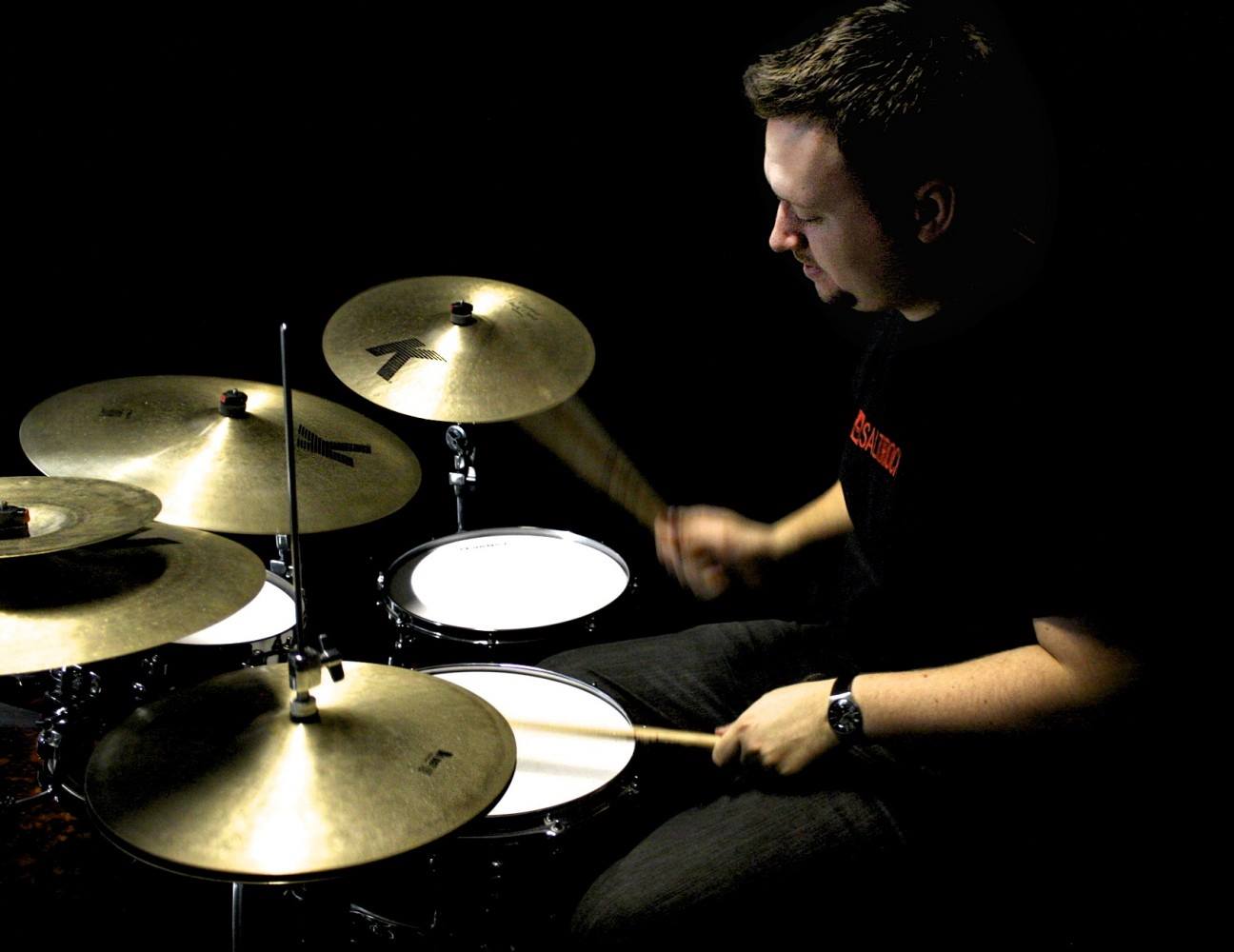MusicRadar Verdict
A great sounding cajon at a pocket-money price.
Pros
- +
Good value.
Cons
- -
Design won't be for all.
MusicRadar's got your back
Since producing its first Cajon nearly 30 years ago in 1986, these German percussion makers have been at the forefront of the development and increased popularity of the instrument over the years.
Here, we take a look at the brand new, entry-level X-One.
Build
The cajon measures in at 30cm x 30cm x 50cm, features an eight-ply birch construction and is finished in a smooth, natural satin with rounded top edges. It sports a 12cm port hole on the rear, a non-slip sitting surface and engraved Schlagwerk logos on each side.
To increase snare sensitivity, the top third of both playing surfaces have been secured with small screws while the bottom is glued in place. This also makes it possible to further adjust the tonal response by experimenting with the screw tension, although Schlagwerk recommends they stay in factory position.
The X-One is available in three printed designs - these are named Fingerprint (as review), Styles and Illusion. The X-One uses beech for its playing surface.
The X-One employs a rudimentary snare system, using two short (11cm) 20-strand vertical snare wires secured at the top of the resonance box at a 45° angle, ensuring a tight contact against the back of the playing surface.
Hands On
With a small thump to the centre of the playing surface, a rich bass note is produced with a satisfying length of decay. A firm slap to the edge coaxes the snare wires into action, delivering a well-balanced woody note, accompanied by a tight snare response.
Want all the hottest music and gear news, reviews, deals, features and more, direct to your inbox? Sign up here.
As a predominant kit player, the instant appeal with this cajon for us is the convincing kick and snare-type sounds that emanate from it.
Helped on the most part by the unexpectedly thunderous low-end response which is barely (if at all) affected by the tiny snare wires.
They appear to know just when to jump in and assist a top-end slap but stay dormant whilst playing further own. There is though, some middle ground available when playing around a quarter to a third of the way down the playing surface.
In regard to the finish, it's probably fair to say that the Fingerprint design is fairly cool but nothing to write home about. To be frank, we assumed it was some kind of animal print before realising that it was supposed to be a fingerprint.
Tom is a professional drummer with a long history of performing live anywhere from local venues to 200,000 capacity festivals. Tom is a private drum tutor, in addition to teaching at the BIMM Institute in Birmingham. He is also a regular feature writer and reviewer for MusicRadar, with a particular passion for all things electronic and hybrid drumming.

